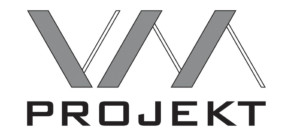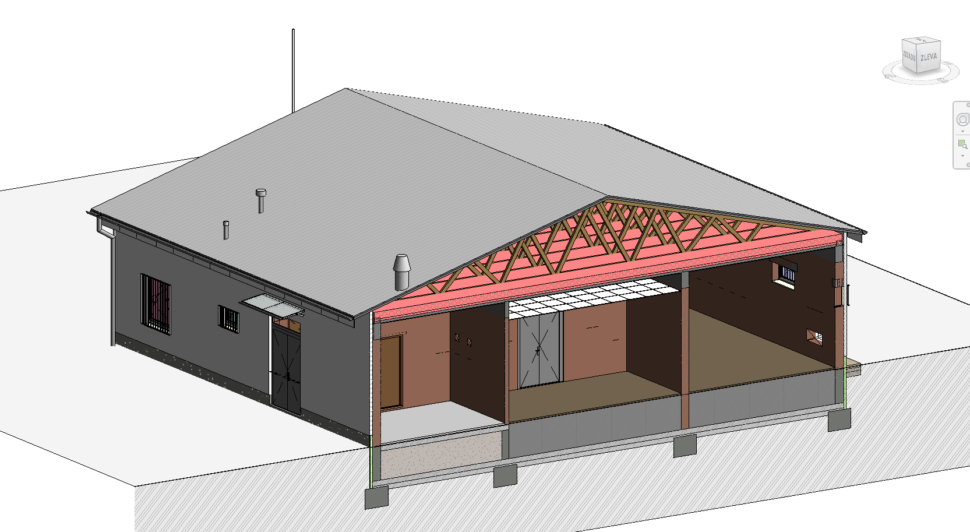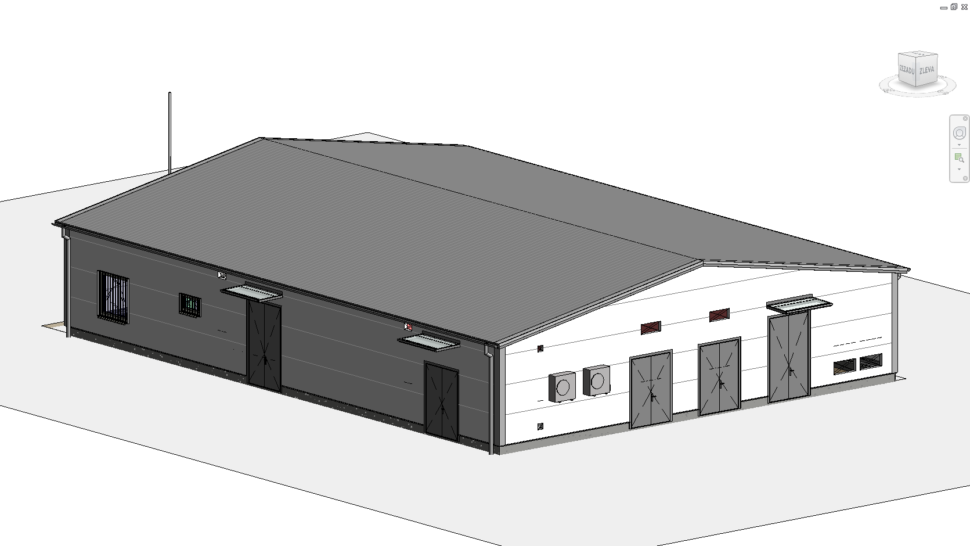IMPLEMENTATION OF BIM IN VM PROJECT
Author: VM PROJEKT | 20th November 2018
In our project design office, BIM is a term we have been using for a very long-time. We understand the term not only as a 3D model of construction but mainly as a number of information contained in it. The thing that boosts excellent prospects is a method of exchanging its data, which we can share with people engaged in planning the project. Here, the model means much more than a pure geometry and nice patterns creating a visualization. The central idea of BIM is to collect complete, reliable and available information about an object that is being built up, to find more advantages and to sell that value added out. The BIM model comprises virtual equivalents of actual parts of a building or construction objects necessary for the building to be put up. Those objects have all kinds of properties including physical and logical ones.
After BIM-based software was installed, we needed to realise a significant change in our thinking and system of work. We defined internal standards concerning the use of Autodesk Revit software that included templates and families, which we still keep improving and supplementing.
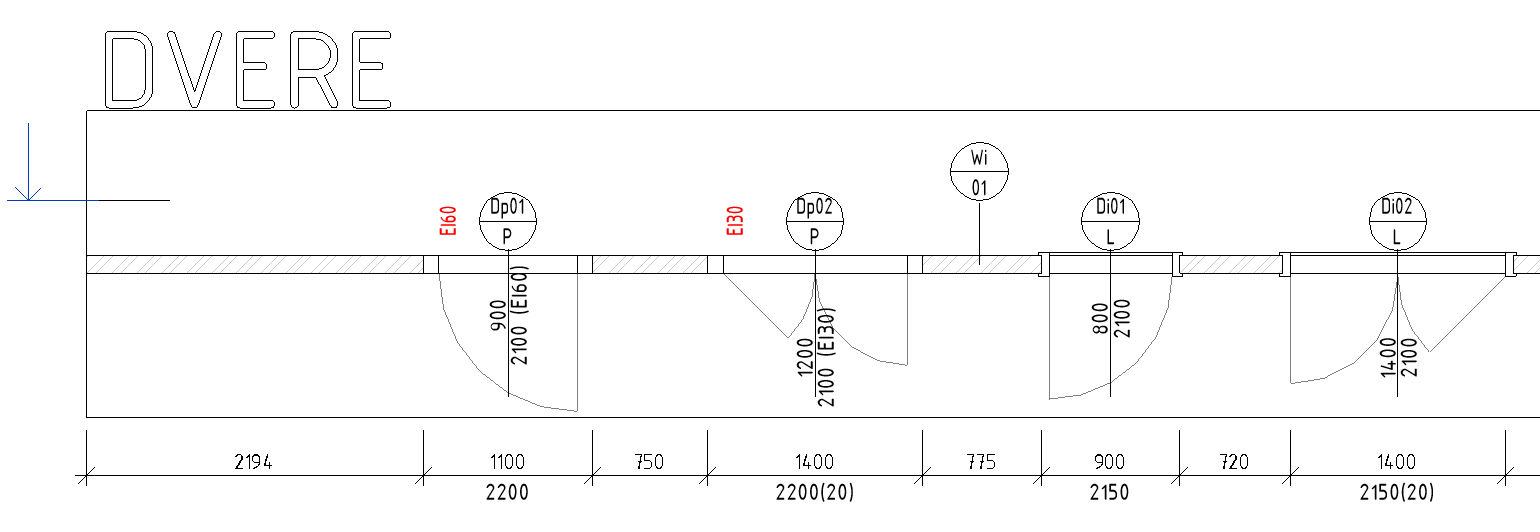
All internal manuals and a method of working with parameters are saved in those company files. Transition required a new working methodology and novel ideas on how to increase the efficiency of the model in terms of a proportion of time to the information contained in the model. When working in 3D, close cooperation of professions, coordination of individual processes and detection of potential collisions are the most important aspect. In order to work more effectively over the course of time, we established a central data register which contains structures, materials compositions and particular specifications used (types and technical information of a product). The register is constantly live, and it is gradually extended based on individual structural project solutions.
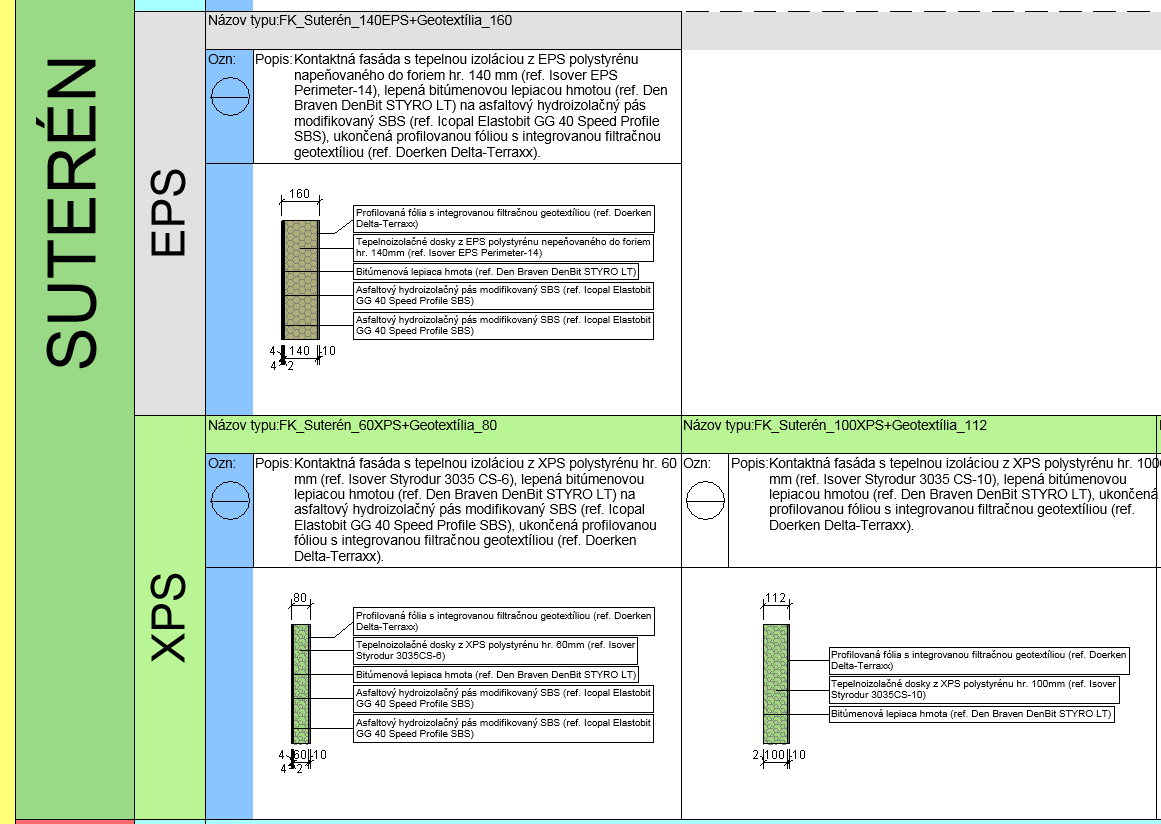
Residential set “Škultétyho – Bratislava” is one of the examples of our projects that are based on the digital 3D model and the associated exchange of information. The construction is situated in the cadastral area of Bratislava – Nové Mesto north-east from the transport node of Račianske mýto.
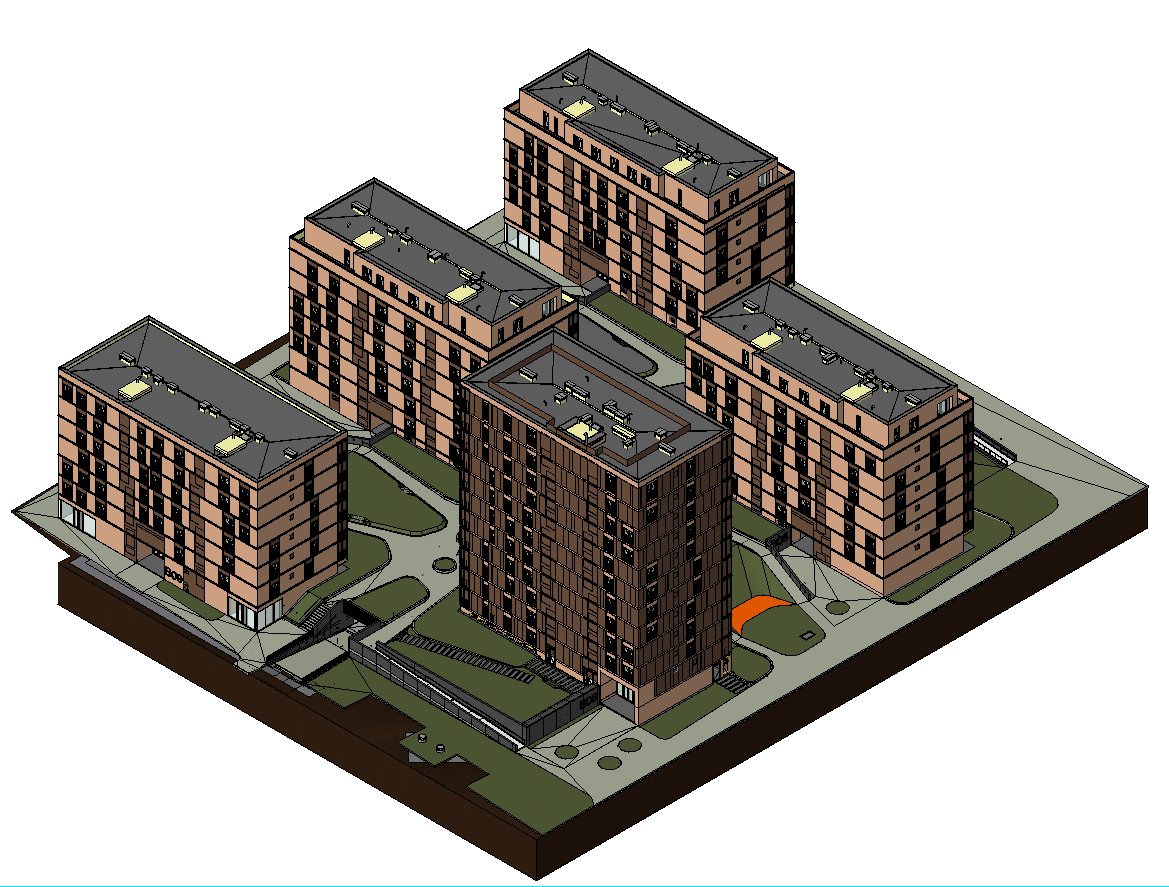
Objects B05 – B09 comprise an entrance floor and six up to eight residential floors. Object B6 has 12 above-ground floors. The blocks of apartments are connected by a platform which forms a roof of underground garages PG2. The project represented the first view of a different approach to the elaboration of documentation in comparison to the traditional method using 2D elements. In addition to the 3D model process and BIM, we keep improving in planning numerous other projects such as industrial halls, office premises or transformer stations.
We consider perfecting the processes and raising limits in creating models to be a must. We try hard to make a huge contribution to project planning and execution.
TERMS CONNECTED WITH THE BIM PROCESS

Cooperation and coordination of all people planning a project – all the professions – is vital for the most important processes for creating and using an information model. Both are major and perhaps the most important requirements for working effectively in BIM. It is essential to define a communication format to meet those requirements.
Since individual professions currently work in various applications and at diverse platforms, a communication channel is hard to find. In the 3D model, IFC (Industrial Foundation Classes) only is such a format, but it has significantly limited properties, compared to a full-size transmission of rvt files (both project designers use Autodesk Revit). In this respect, BIM methodology and draft standards for ISO and an intense pressure exerted by the national administration are still absent in Slovakia. That’s why we may most frequently hear that 2D was enough for the people in offices and they did not need BIM, which is used predominantly for presentations and visualizations. Considering project designers’ dependency on 2D drawing, it is very hard for a coordinating company to hire professionals who would be able to share and exchange the information through the 3D model. There is a lack of such professionals in Slovakia. That results in the necessity to insert 2D drawings into the 3D models, what causes the model’s imperfection, lack of efficiency and an inability to avoid potential collisions and to coordinate it in all respects.
Project designing offices get often discouraged from using the BIM system due to strict demands of precision and time, necessity to introduce own standards and guidelines (in this respect, there is a room for strengthening the Slovak legislation, supplementing a concept of BIM method introduction and for creating professional groups dealing with this topic). A time length of BIM implementation is another discouraging aspect. The insufficient evaluation of this value the 3D model adds to the work is a significant facet.
On the other hand, BIM has a huge potential for the spacial coordination of individual installations within an object. The model makes it possible to solve a project as whole and not only its parts drawn using 2D elements. As a result, an error rate is reduced and time for the execution of the project is not prolonged. From the first moment of modelling, planar reports, thick surfaces and other measurements necessary for calculating investments costs and for potential optimalization are available.

